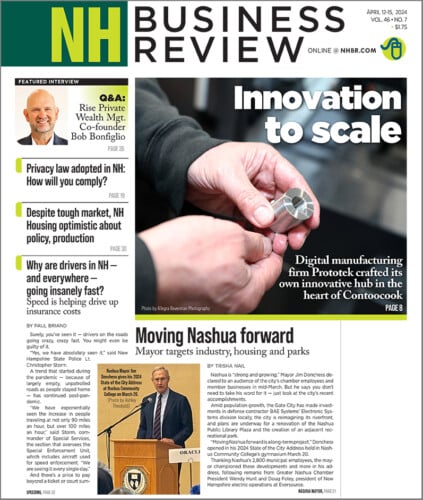Build a successful change management process
Document how a new software system or other significant changes will affect processes and procedures

Organizations embrace change initiatives for a variety of reasons, including streamlining, fixing broken systems and staying competitive. Change is simply a reality of doing business these days.
To be most successful, a change initiative’s leader has two sets of processes to consider and optimize.
The first consists of the processes that are constructed for the change initiative itself. Nearly all change initiatives involve new and restructured processes. The initiative’s new elements — for example, the use of new software — will involve the creation of new processes and procedures. Undertaking a change initiative is also an excellent time to reevaluate the efficiency and efficacy of retained processes that, while not directly altered by the initiative, would benefit from review and updating.
You can read more about creating new processes here: How to optimize processes and how to tailor the processes to the organization’s unique culture and resources.
The second set of processes a change initiative’s leader must consider is the process of implementing the change initiative itself (the “change management process”). Often, project managers are so focused on constructing the process improvements of the new initiative that they neglect the change management process itself. The change management process is important because it drives the initiative’s implementation and so the initiative’s outcome is predicated on it.
Manage the key elements of the change management process
Creating a change management process is a significant undertaking. It includes defining and integrating elements such as determining the project’s scope, required and available resources, consensus, process definitions and improvements, budgeting, timelines, deliverables, communication schedules, personnel, building a project plan, status meetings, training and more.
Many change leaders make the mistake of believing that if the right people are involved in the project then success is assured. However, in my experience, success often depends about 15 percent on the right people and 85 percent on an effective change management process. That is, it’s more than simply putting the rock-star employees on the task; the way the initiative is managed usually has the most influence on the outcome.
The benefits of using a change management process include:
• The ability to get a big-picture view of the project scope and plan.
• Having a structure that facilitates reaching agreement with the initiative’s key stakeholders.
• The ability to anticipate risks early in the process and compensate for potential weaknesses. Read more about making this analysis during the initiative’s launch phase by managing a springboard exercise.
• The ability to see both macro and micro views of required deliverables.
• Maintaining focus on the strengths and weaknesses of the process, to ensure the project team members avoid defensiveness and blaming behavior.
• The ability to trace dissatisfying results back to where you strayed from the process or to weaknesses in the process that can then be modified.
Plan for these activities in your change management process
Once you have developed your change management process, plan to follow through on the following actions.
• You should document the process thoroughly. Consider the words of W. Edwards Deming: “If you can’t describe what you are doing as a process, you don’t know what you are doing.”
• You should be able to successfully replicate it for other initiatives. In most cases, you will have a robust structure and you will customize it or add to it for the details of each new initiative.
• You should plan to improve the process as you go, evaluating weaknesses and making modifications for improved outcomes. (Also updating your documentation.) Great change management leaders learn from their mistakes, modify their methodologies, and also continually integrate best practices. They certainly avoid making the same mistakes twice. In the words of Elon Musk: “I have tried to learn as much as possible from prior attempts. If nothing else, we are committed to failing in a new way.”
A change management process is not a substitute for critical thinking and adaptability, but it can provide the structure you need to ensure a successful outcome for your change initiative.
Candice Benson is an internationally recognized management consultant and CEO of Benson Consulting Inc. She is the regional director for the Boston network of the professional association, Women in Technology International (WITI), and is on the NH High Tech Council's board of directors, serving as chair of the Tech Women|Tech Girls committee.










